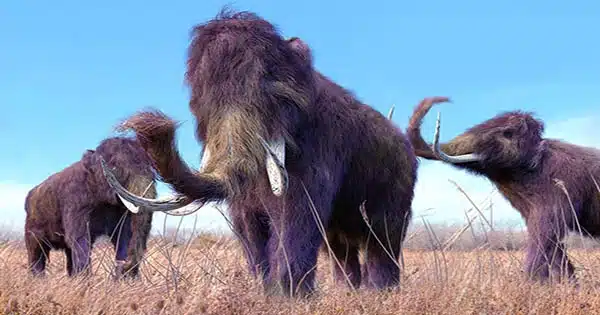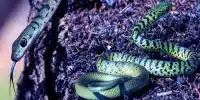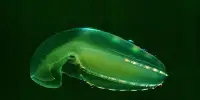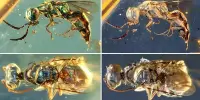Few extinct animals are more recognizable than the woolly mammoth. These enormous, shaggy-haired creatures roamed the steppes of North America and Eurasia, occasionally engaging in combat with early humans or being irritated by the odd ground sloth. But like any species, they had to go through a long process of evolution to achieve their appearance. Recent research has now clarified how the mammoth’s most recognizable traits evolved over the course of hundreds of thousands of years in the Siberian steppe.
David Dez-del-Molino, a paleogeneticist at the Center for Palaeogenetics in Stockholm and the study’s first author, stated in a statement, “We wanted to know what makes a mammoth a woolly mammoth.”
“Woolly mammoths have some very distinctive morphological features, such as thick fur and small ears, which you would obviously expect based on what frozen specimens look like,” he said. “However, there are many other adaptations, such as fat metabolism and cold perception, that are less visible because they occur at the molecular level.”
The study compared the genomes of 23 Siberian woolly mammoths to those of 28 modern-day Asian and African elephants to learn more about how the ancient behemoths developed. Most of the mammoths were relatively modern specimens – in this context meaning they lived less than 100,000 years ago, rather than any definition of “modern” you may be more used to – but the star of the show was undoubtedly Chukochya, a mammoth hailing from about 700,000 years ago.
The Chukochya genome, which is older than nearly every other mammoth known, “allowed us to identify a number of genes that evolved during the lifespan of the woolly mammoth as a species,” said Love Dalén, an evolutionary genomics professor at the Center for Palaeogenetics in Stockholm and senior author of the new paper. “This enables us to study evolution in real-time, and we can say that these particular mutations are unique to woolly mammoths, and they didn’t exist in its ancestors,” said Dr. David A. Weiss.
So, what distinguishes a woolly mammoth from a regular mammoth? According to the study, many of the same characteristics distinguish a bear from a polar bear or a deer from a reindeer: “We discovered some highly evolved genes associated with fat metabolism and storage that are also found in other Arctic species,” Dez-del-Molino explained. This suggests that “cold-adapted mammals are likely to have undergone convergent evolution for these genes.”
He said that the study had a few surprises in store for qualities that aren’t as significant in characterizing the creatures, as the scientists revealed that several genes previously assumed to be unique or distinctive for the woolly mammoth were really changeable across different species. That suggests “they weren’t as important,” according to Dez-del-Molino.
700,000 years isn’t much of a time in evolutionary terms, so it’s not surprising that some of the most distinctive characteristics, like their thick fur, fat metabolism, and capacity for cold sensing, were probably there from the start of the woolly mammoths’ evolution. In fact, the ancient Chukochya genome shared 92 percent of the mutations with the more recent mammoth genomes.
However, Dalén pointed out that just because these characteristics existed didn’t mean they were accurate.
He said that the first woolly mammoths “were not fully evolved.” “Their wool was different, perhaps less insulating and fluffy than that of later woolly mammoths, and they may have had larger ears.”
The findings are obviously fascinating, but the researchers are conscious that we still don’t know everything. That’s in part because all the mammoths included in the study were gathered in Siberia, which is a significant portion of the species’ range but far from the only area they were found. The team plans to expand its research in the future to include specimens from North America.
It’s a significant advancement in our understanding of mammoth development. “We demonstrated a few years ago that there was gene flow between woolly mammoths and the ancestors of Colombian mammoths, so that’s something we’ll have to account for,” Dalén said. “North American woolly mammoths may have also carried non-woolly mammoth genes.”















